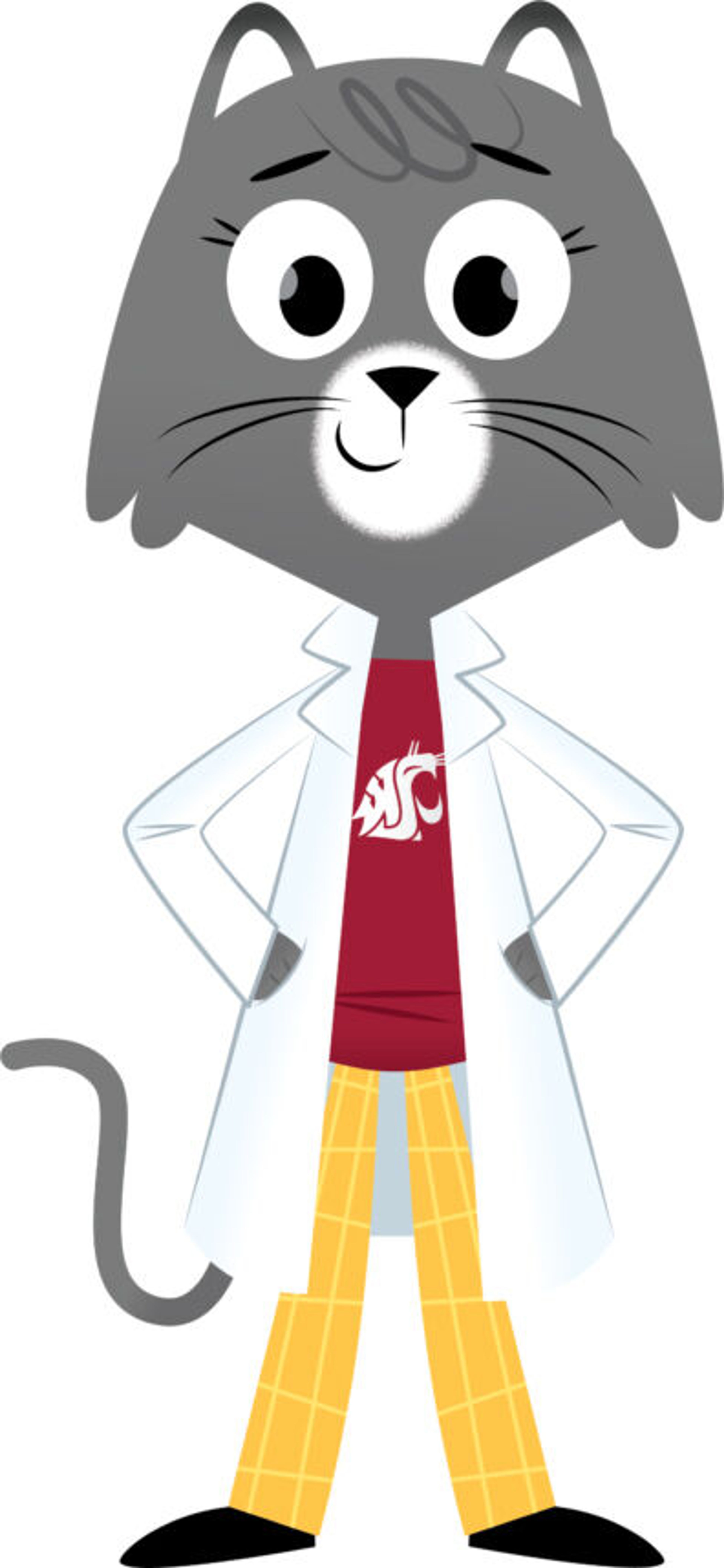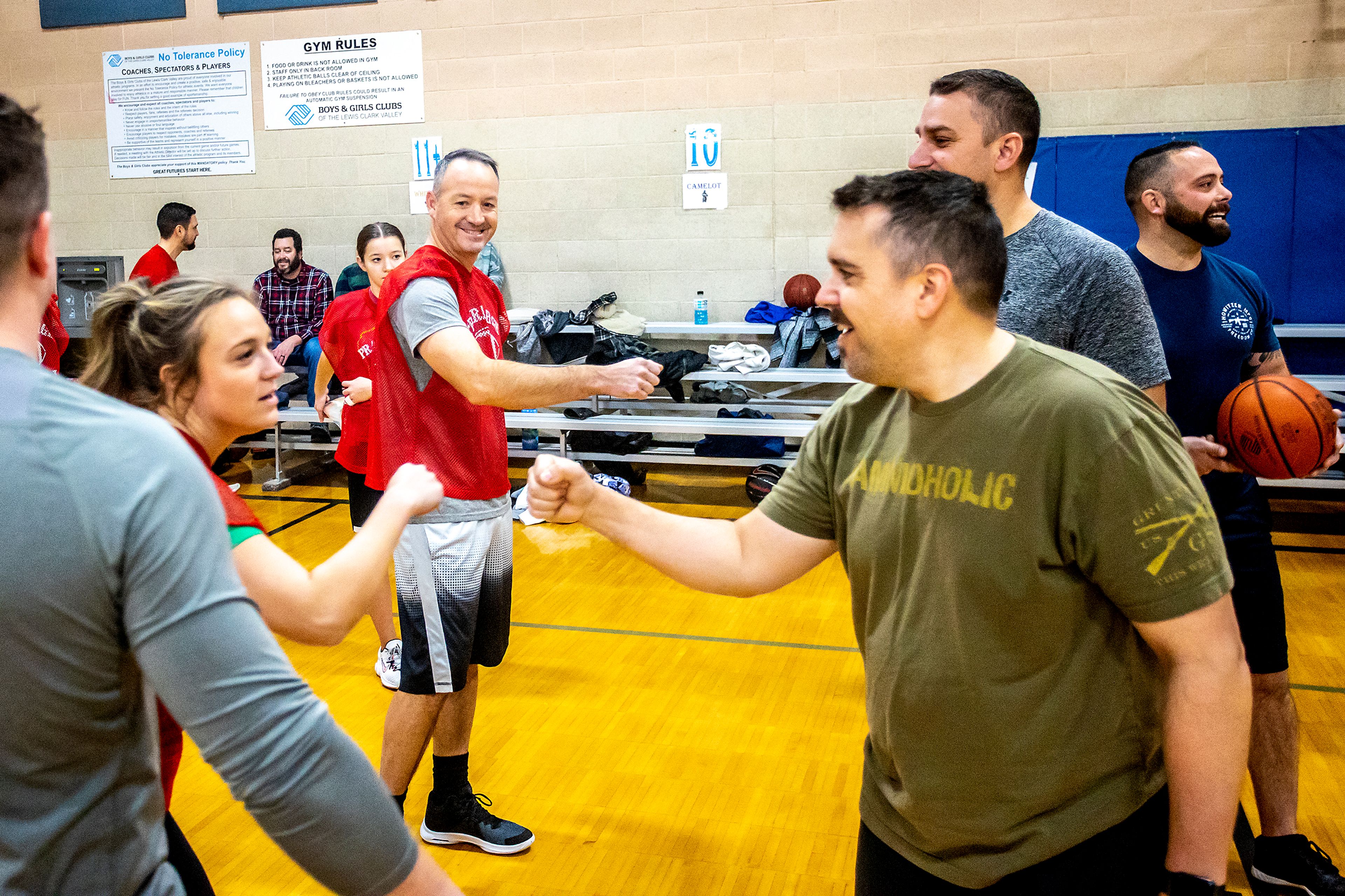Dear Dr. Universe
Why are dolphins mammals and not fish?
— Evie, Washington
As fellow mammals, you and I have a lot in common. It’s easy to see our similarities because humans and cats spend lots of time together. We may even be roommates or family.
But humans and cats don’t usually have dolphin besties. It’s harder to see what we have in common when our bodies and lives are so different.
To better understand mammal life, I talked with my friend Kevin Turner. He teaches marine biology at Washington State University.
“The name mammal comes from the presence of mammary glands,” Turner said. “So, the major characteristic of mammals is that we have mammary glands to produce milk for our offspring.”
Mammary glands are organs in a mammal’s torso that make and secrete milk. It’s how mammals feed their babies. Dolphins and other whales make milk that’s thick like yogurt or toothpaste. That makes it easier for their babies to feed underwater. There are three other traits that mammals share — with some exceptions.
First, mammals are warm-blooded. That means we make heat to keep the temperature inside our bodies much warmer than the temperature outside. To stay warm in cold water, dolphins and other whales have a layer of fat called blubber to help hold in the heat they make.
Turner told me that naked mole rats are mammals that act more like cold-blooded animals. They can’t hold their internal body temperature steady. So, they stay warm by moving to warmer tunnels and snuggling together.
Second, mammals have fur or hair. But dolphins aren’t furry. They feel like wet hotdogs. Baby dolphins are born with just a few whiskers around their mouths. Ocean dolphins lose their whiskers as they grow. River dolphins keep their whiskers and use them like feelers to help find their way in murky waters.
Third, mammals give birth to live young. Dolphins and other whales birth their babies underwater and then help them swim to the surface to take their first breath. That means mammals don’t lay eggs.
But don’t tell that to a platypus or echidna. They belong to a group of mammals called monotremes. They lay soft, leathery eggs that enclose their babies — called puggles.
Turner told me that monotremes aren’t set up for suckling, so monotremes ooze or sweat milk from the skin over their mammary glands.
The big question is: why are there so many mammals who break the mammal rules?
It’s because nature didn’t make the rules. People did. In fact, humans made a whole branch of science for sorting living things into groups — called taxonomy. “In taxonomy, all the named bins we sort organisms into is for our convenience,” Turner said. “But animals did not evolve into perfect distinct bins, and sometimes the bins we use don’t perfectly line up with actual species.”
Have a science question? Ask Dr. Wendy Sue Universe, WSU’s resident science cat and writer, by email at Dr.Universe@wsu.edu, on her website at askDrUniverse.wsu.edu, via Twitter at @AskDrUniverse or at facebook.com/AskDrUniverse.








